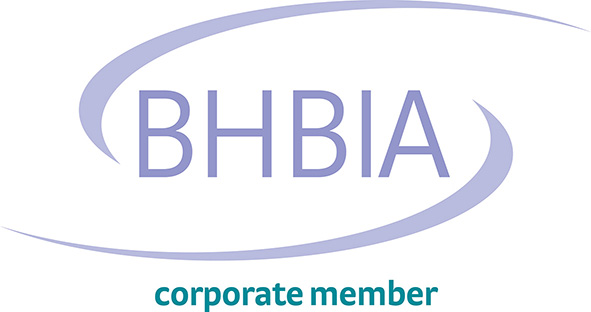Why Choose Us?

Some Of Our Services
Jamaica Market Research
Jamaica Market Research – Jamaica, an island country in the West Indies. The third island the size of the Caribbean Sea, after Cuba Hispaniola. Jamaica is about 146 miles (235 km) long and varies from 22 to 51 miles (35 to 82 km) wide. It is located 100 km (160 km) west of Haiti, 90 miles (150 km) south of Cuba, 390 miles (630 km) northeast of the nearest point on the continent, Cape Gracias a Dios, on the Caribbean coast of Central America. The national capital Kingston.
Jamaica is the director of both state-owned enterprises and businesses in the private sector. Major sectors of the Jamaican economy include agriculture, mining, manufacturing, tourism, petroleum refining, financial services, and insurance. Travel and mining lead to leading other countries. Half the Jamaican economy relies on services with half its money from services such as tourism. An estimated 4.3 million foreign visitors travel to Jamaica every year. According to the World Bank, Jamaica is a high-income country, like its Caribbean, is vulnerable to the effects of climate change, floods and hurricanes.
Jamaica’s economy is mixed but with increasing services, especially tourism and finance. Since the country gained independence in 1962, the country has developed surprisingly well but unequally. Mining and manufacturing are very important to the economy in the latter half of the 20th century when agricultural exports declined. Since the 1980s, the state has reduced its role as a major player in the economy, in part because structural reform and economic liberalization prefer private businesses as the engine of economic growth. During the 1990s, however, the financial crisis forced the government to rescue certain industries and financial institutions.
Agriculture continues to be one of the mainstays of the island’s economy, accounting for about twenty-one percent of gross domestic product (GDP) and about one-third of the workforce. The main crop of sugarcane and its main products are molasses and rum. Fruits, including oranges, coconuts, and bananas, are also important. At the beginning of the 21st century, with the end of the Treaty of Lomé Convention, which provided a safe haven for the banana market in Britain, the historic banana industry was reorganized to focus on the local market. At the same time, the government has sold most of its struggling sugar businesses to a Chinese company. Also important are coconut, coconut, coffee, allspice (pimento), cocoa (cocoa bean sprout), tobacco, and ginger. Blue Mountain Coffee, a popular gourmet brand, is grown on slopes just under 1,500 feet and is being processed by a group of Jamaican companies; some varieties of coffee are grown in lowland areas. Marijuana (ganja) is illegally grown in many places; however, anti-drug programs supported by the U.S. have reduced their exports to North America and Europe.
Timber production does not meet the country’s needs, and much of the wood, cork, and edible paper is imported. The government is promoting deforestation. Fishing is big business, supporting thousands of people. Pedro Bank, part of an island shelf about 60 miles [100 km] southwest of Jamaica, is a major fishing village, but some fishermen are trying to reach a distance of about 300 miles [500 km]; car fishing has seriously damaged Jamaican coral reefs.
Large amounts of bauxite (aluminum ore) are found in central Jamaica. Iron ore, gypsum, and marble are located east of Jamaica, and clay occurs in the west. Silica sand and limestone are found throughout the island. Other mineral sources include peat, gravel, and a small amount of lignite, copper, lead, zinc, and phosphates; Jamaica’s black sands contain some titanium.
Mining accounts for only a small percentage of GDP and labor, although Jamaica is one of the world’s largest producers of bauxite and aluminum. The country’s historical vulnerability to global economic fluctuations is reflected in the unprecedented demand and prices in the global aluminum market. U.S. Aluminum Manufacturers They left the island in the 1990s and were replaced by Russian businessmen in the early 21st century. Most Jamaican gypsum is extracted for export. Cement is widely used in local construction.
Generally generated accounts account for eight GDP and less than one-tenth of the workforce. The main products are processed foods (including sugar, rum, and molasses), textiles, and metal products. Prints, chemicals, and cement and clay products are also notable. Imports, which helped the manufacturing industry, were abandoned in the 1980s.
Jamaica imports petroleum to almost all of its energy needs, including power generation. Electrical appliances and bagasse (cane residues) produce less electricity. Generators, part of which are under government control, provide a lot of electricity, and private areas provide large industries.
Jamaica Market Research – 1+1 Research ( 1Plus1 Research ) is one of the top market research company in Jamaica providing quantitative and qualitative research services. We are committed to providing high-quality data collection, opinion mining, and sentiment analysis to companies worldwide. 1+1 Research is considered as one of the best market research company in Jamaica to work with because of our in-house capabilities including the recruitment team which can recruit difficult to reach target audiences from different geographies, cultures, and business sectors.



